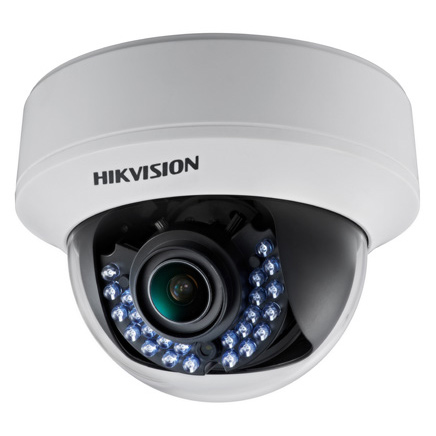The proliferation of Closed-Circuit Television (CCTV) cameras in residential, commercial, and public spaces underscores the importance of surveillance in modern security frameworks. However, the convenience and security offered by these systems come with significant concerns regarding the safety of the data they capture and transmit. Ensuring the security of data transmission from CCTV cameras to storage or monitoring systems is paramount in protecting sensitive information from unauthorized access, interception, and tampering.
Potential Threats to CCTV Data Transmission
- Interception: Unauthorized interception of data during transmission can lead to significant privacy breaches. Hackers can capture unencrypted video feeds, which might include sensitive footage.
- Tampering: Attackers can alter the data being transmitted, leading to misinformation and potentially undermining security efforts.
- Unauthorized Access: Without proper security measures, unauthorized entities can gain access to the surveillance data, compromising privacy and security.
- Data Theft: Cybercriminals can steal footage and use it for malicious purposes, including blackmail or selling sensitive information.
Key Security Measures for Protecting CCTV Data Transmission
- Encryption: Encrypting data is one of the most effective ways to secure CCTV transmissions. By converting video data into a coded format, encryption ensures that even if data is intercepted, it cannot be easily deciphered. Common encryption protocols include SSL/TLS for data in transit and AES for stored data.
- Secure Network Protocols: Using secure network protocols, such as HTTPS and VPNs, helps protect data during transmission. HTTPS ensures a secure communication channel over a network, while VPNs create a private, encrypted tunnel for data transmission.
- Firewalls and Intrusion Detection Systems (IDS): Implementing robust firewalls and IDS can help monitor and control incoming and outgoing network traffic, preventing unauthorized access and detecting suspicious activities.
- Authentication and Access Control: Strong authentication mechanisms, such as multi-factor authentication (MFA), ensure that only authorized users can access the CCTV system. Access controls can further restrict user permissions based on roles and responsibilities, minimizing the risk of unauthorized data access.
- Firmware and Software Updates: Regularly updating the firmware and software of CCTV cameras and associated systems is crucial in protecting against known vulnerabilities and exploits.
Best Practices for Ensuring Secure CCTV Data Transmission
- Conduct Regular Security Audits: Regular audits of the CCTV system can help identify and address potential security vulnerabilities.
- Implement Strong Password Policies: Ensure that default passwords are changed and strong, complex passwords are used.
- Network Segmentation: Segmenting the network can limit the spread of malware and protect critical data from being accessed through compromised devices.
- Employee Training: Educate employees about the importance of CCTV security and the best practices for maintaining it.
Conclusion
The security of data transmission from CCTV cameras to storage or monitoring systems is crucial in maintaining the integrity and confidentiality of the surveillance data. By implementing robust security measures, such as encryption, secure network protocols, and strong authentication, along with regular updates and physical security, organizations can significantly reduce the risk of data breaches and unauthorized access. As technology evolves, staying abreast of the latest security practices and continuously monitoring and improving the CCTV system’s defenses will be essential in safeguarding sensitive information.






Comments